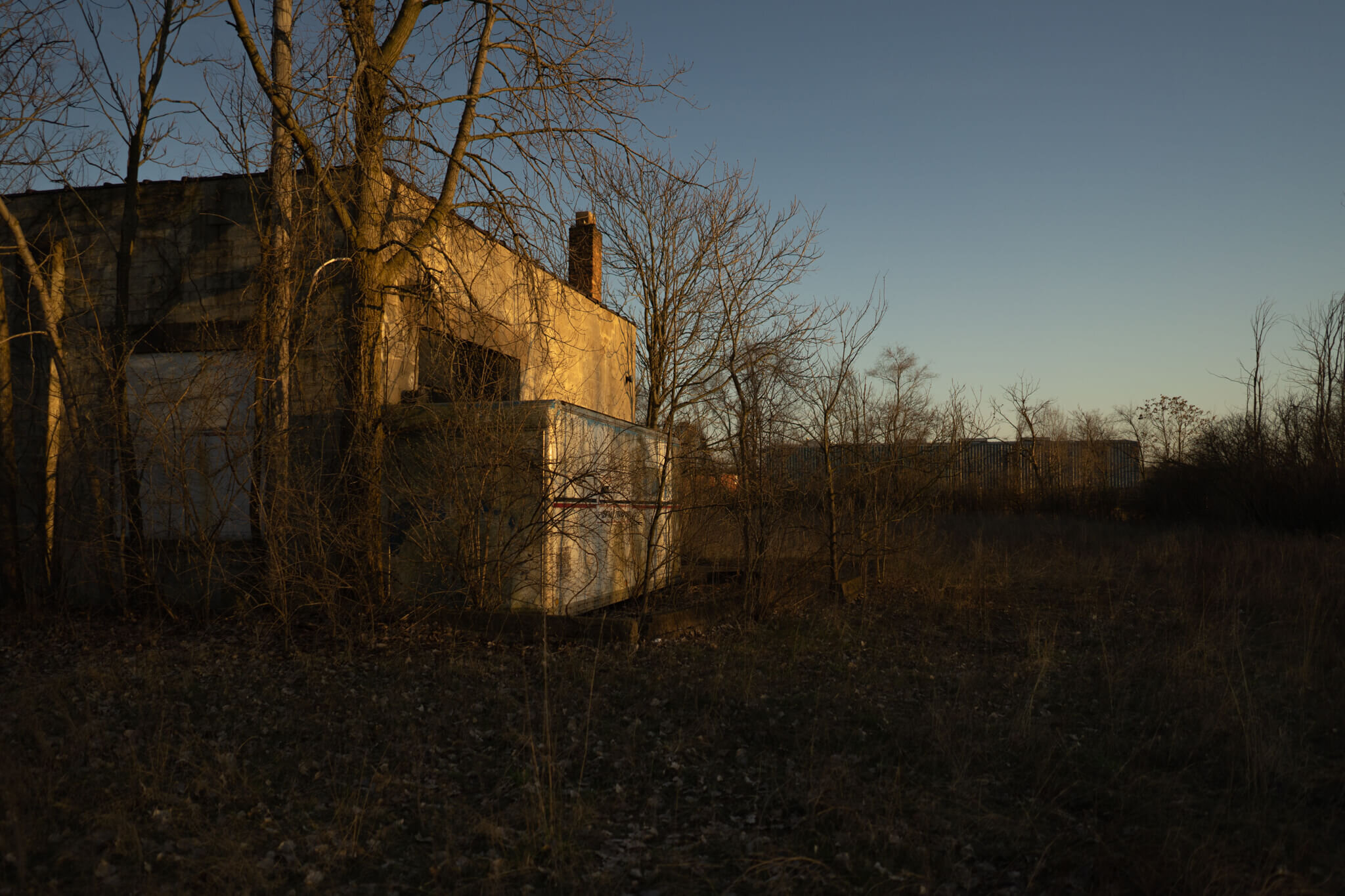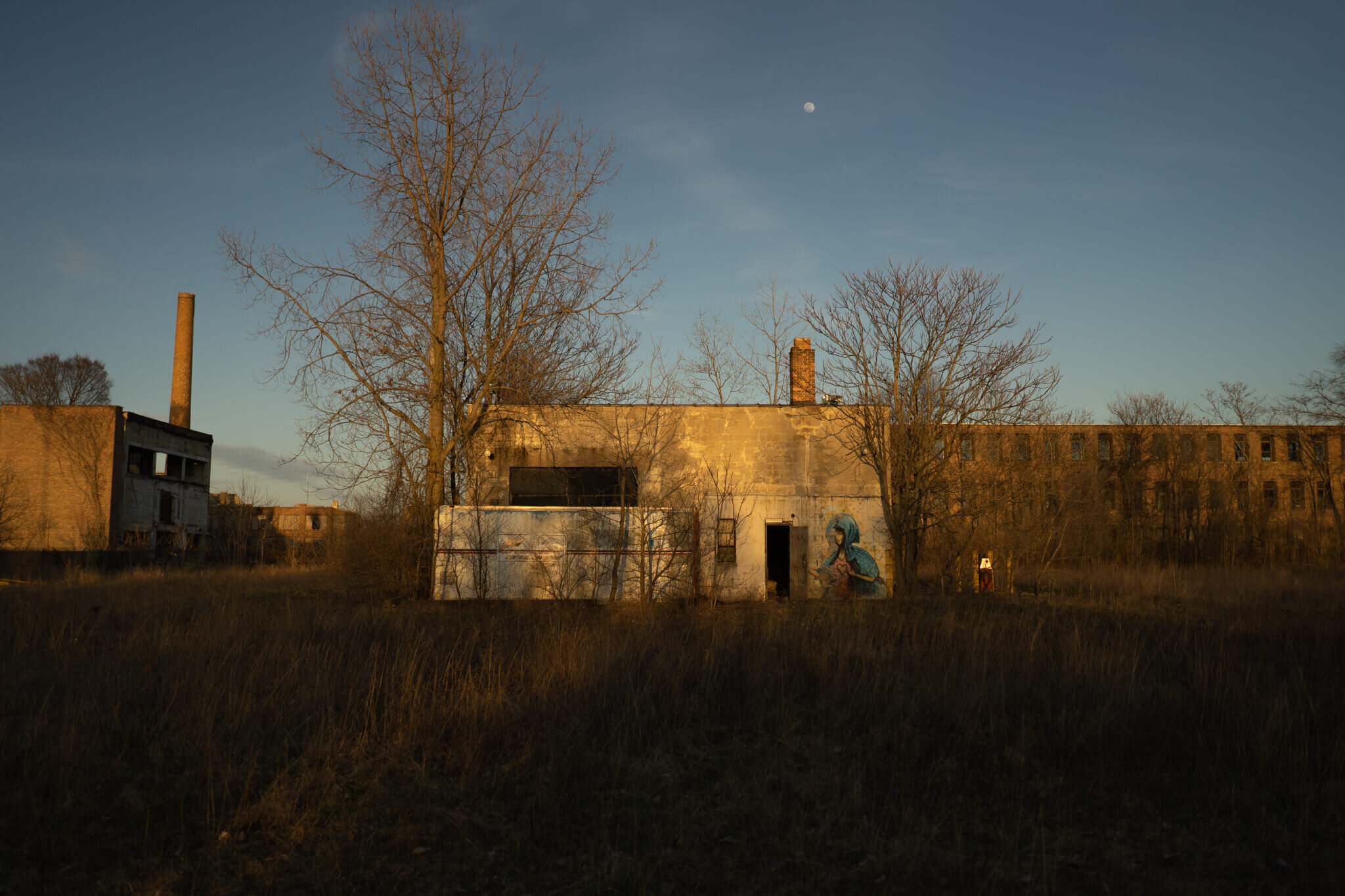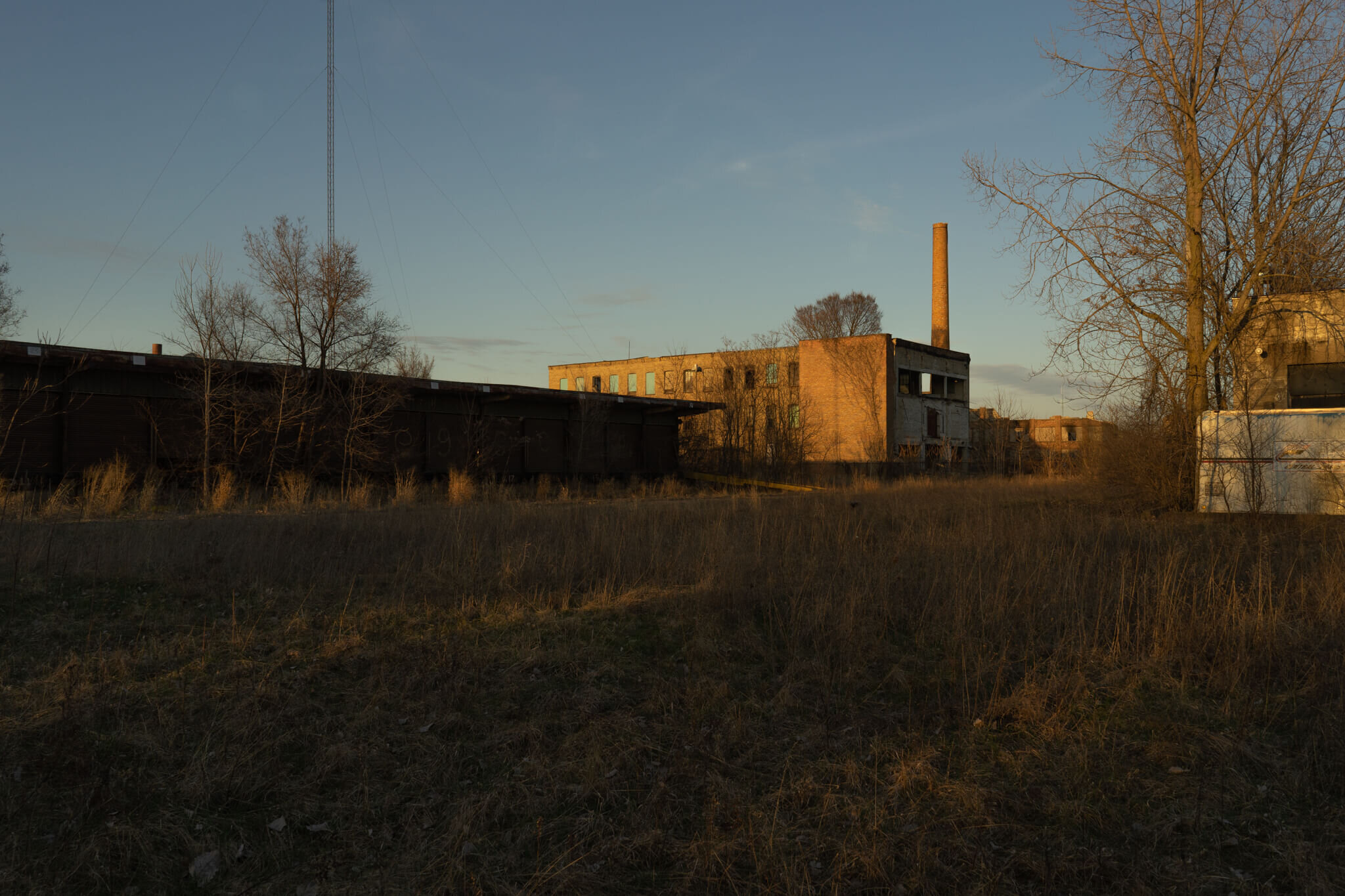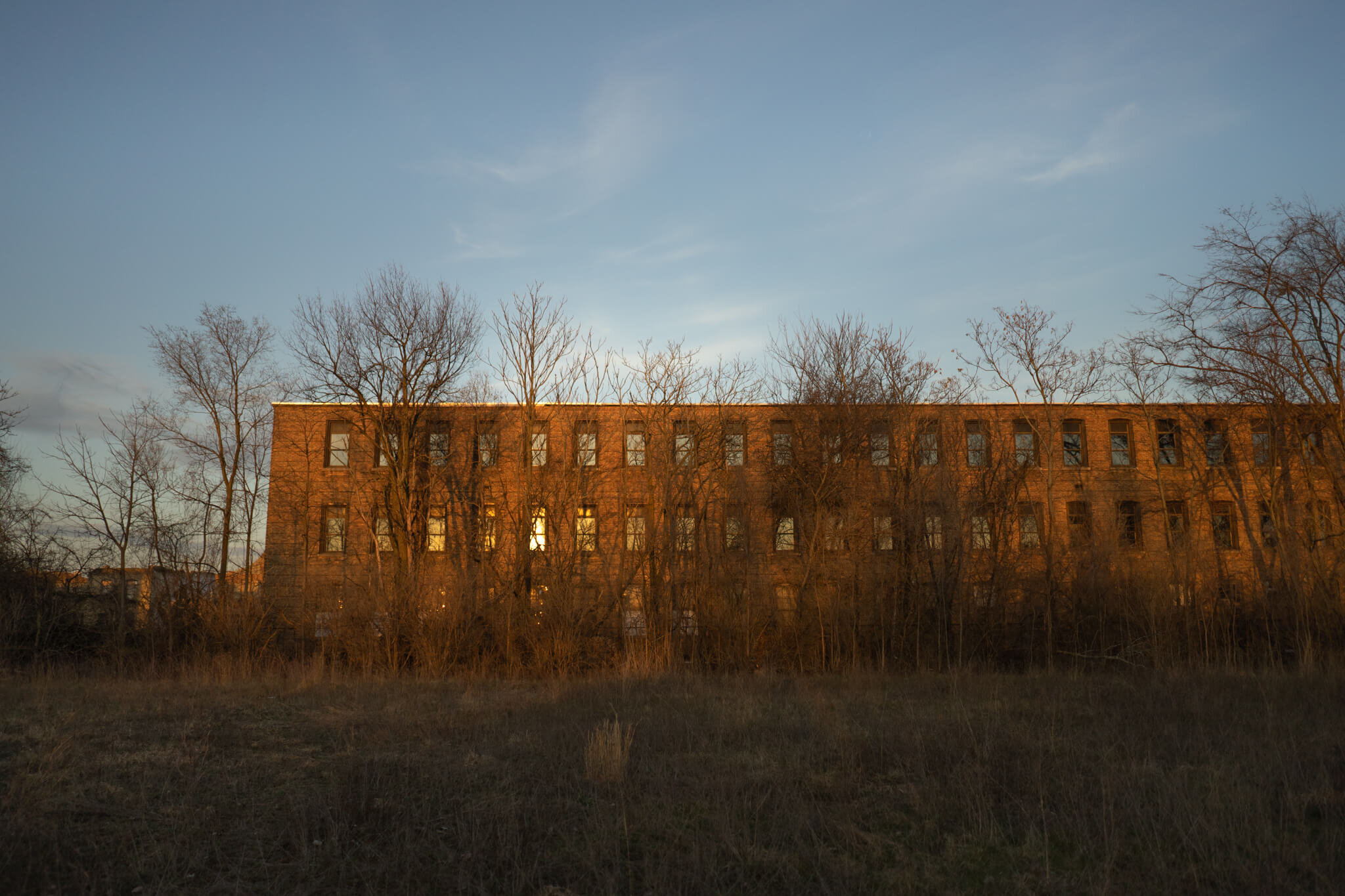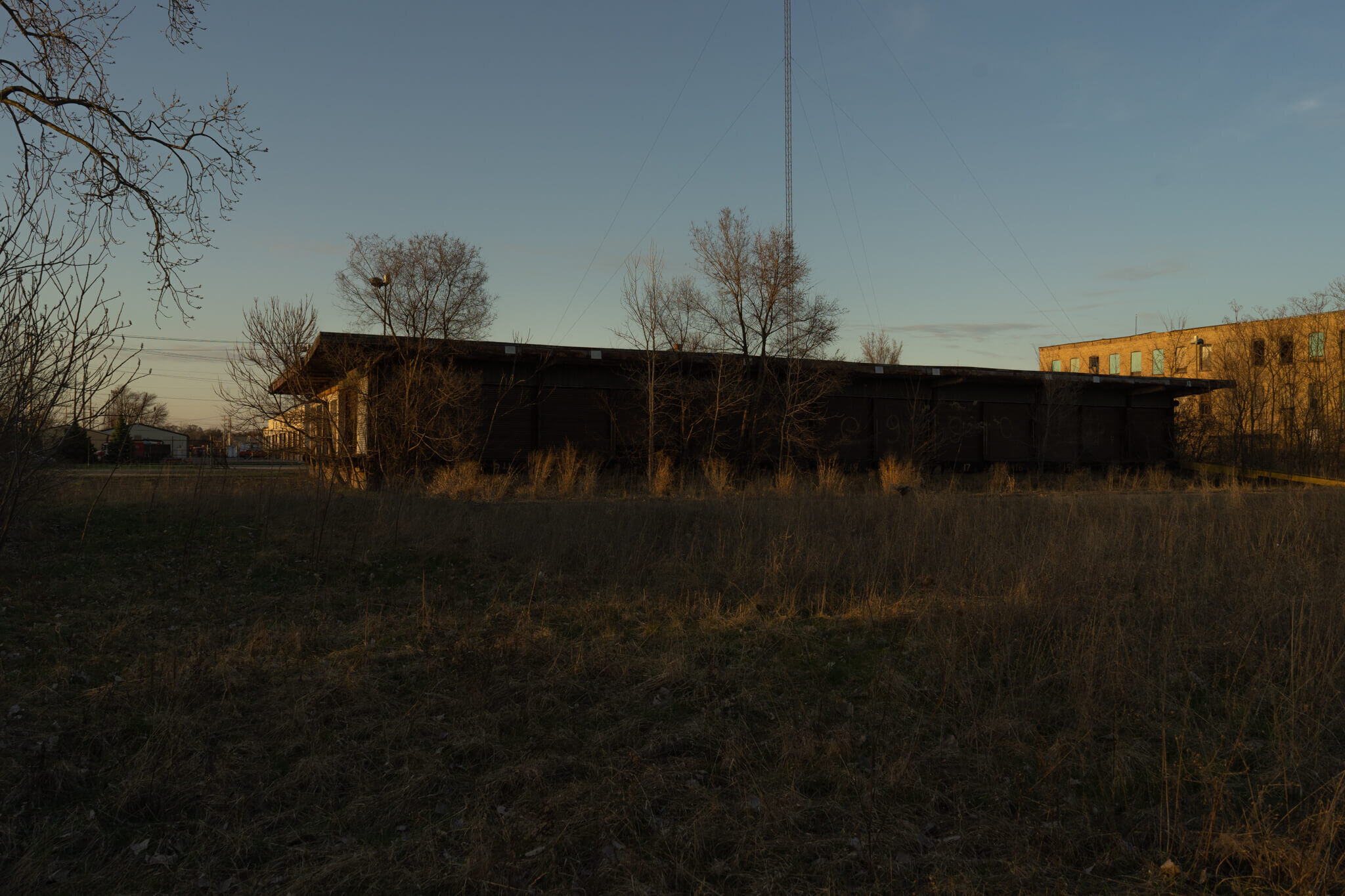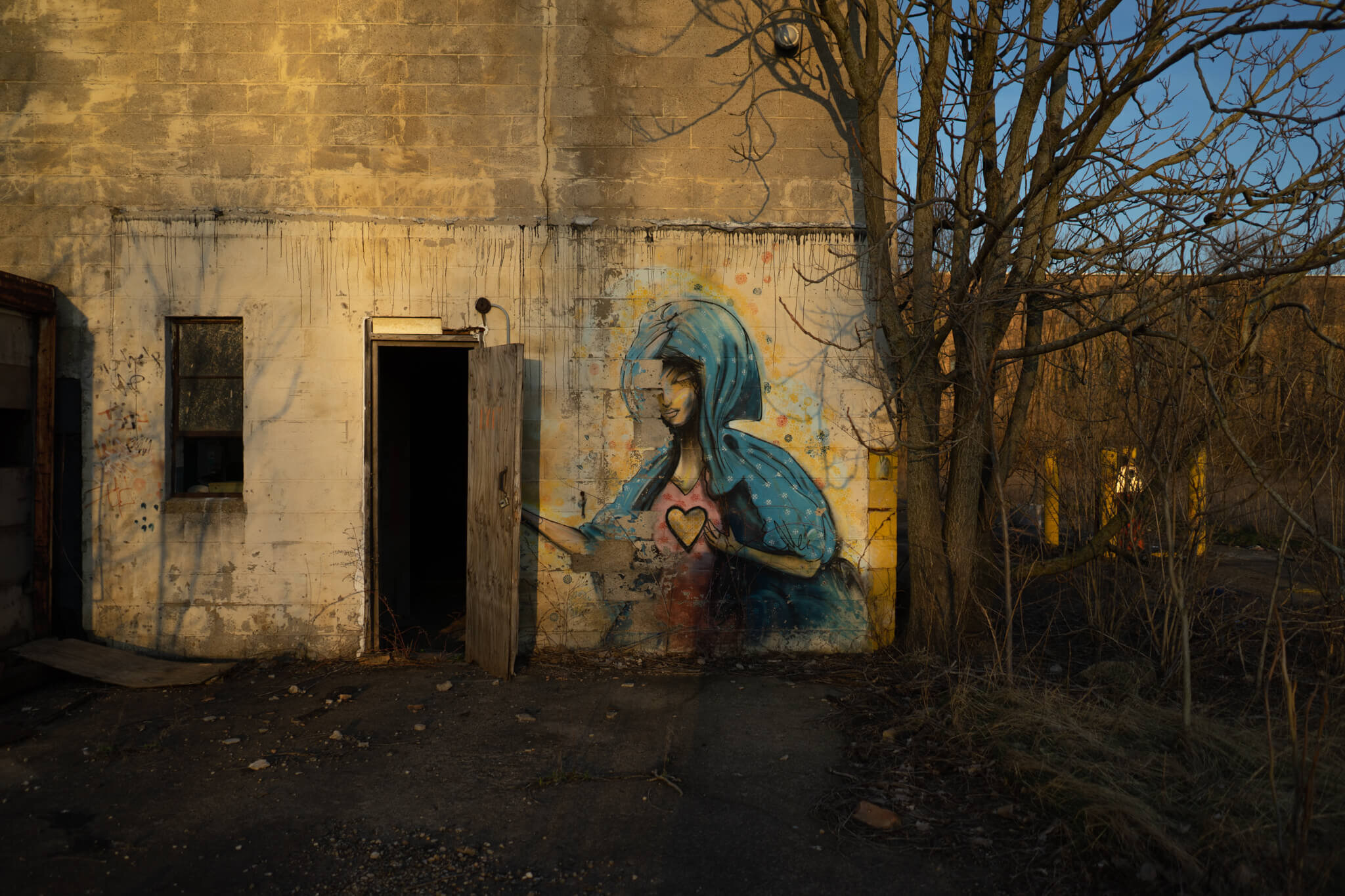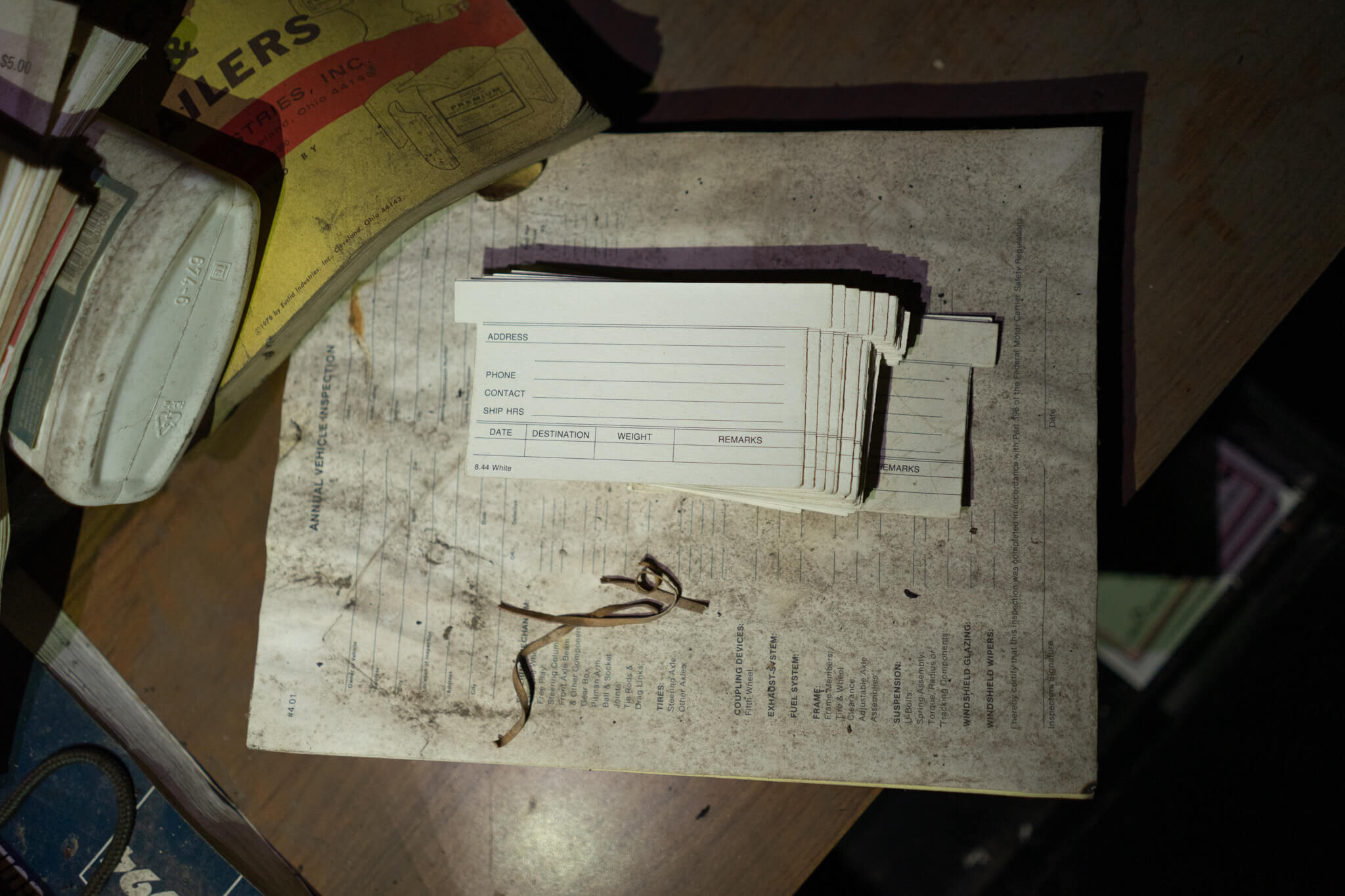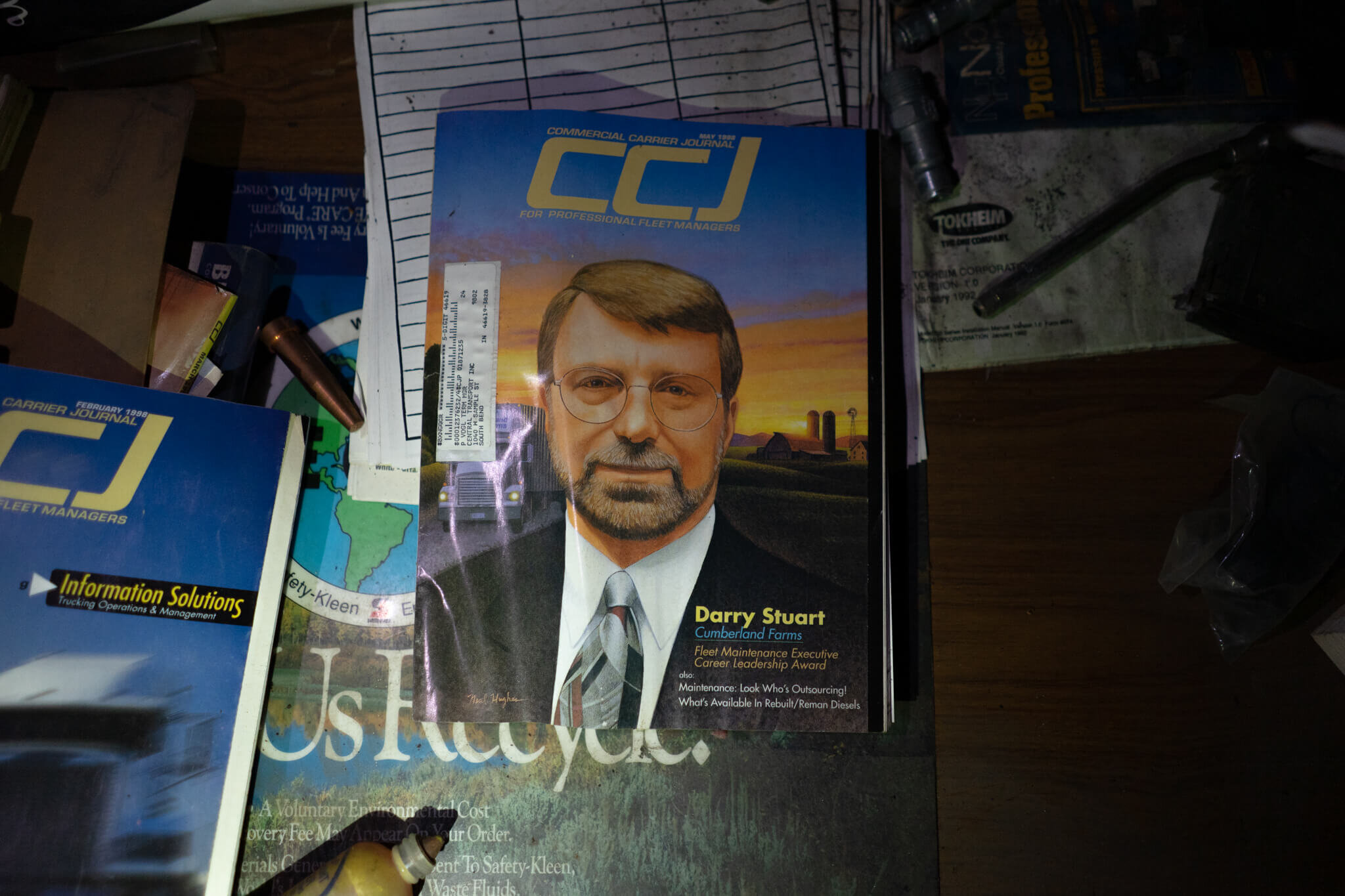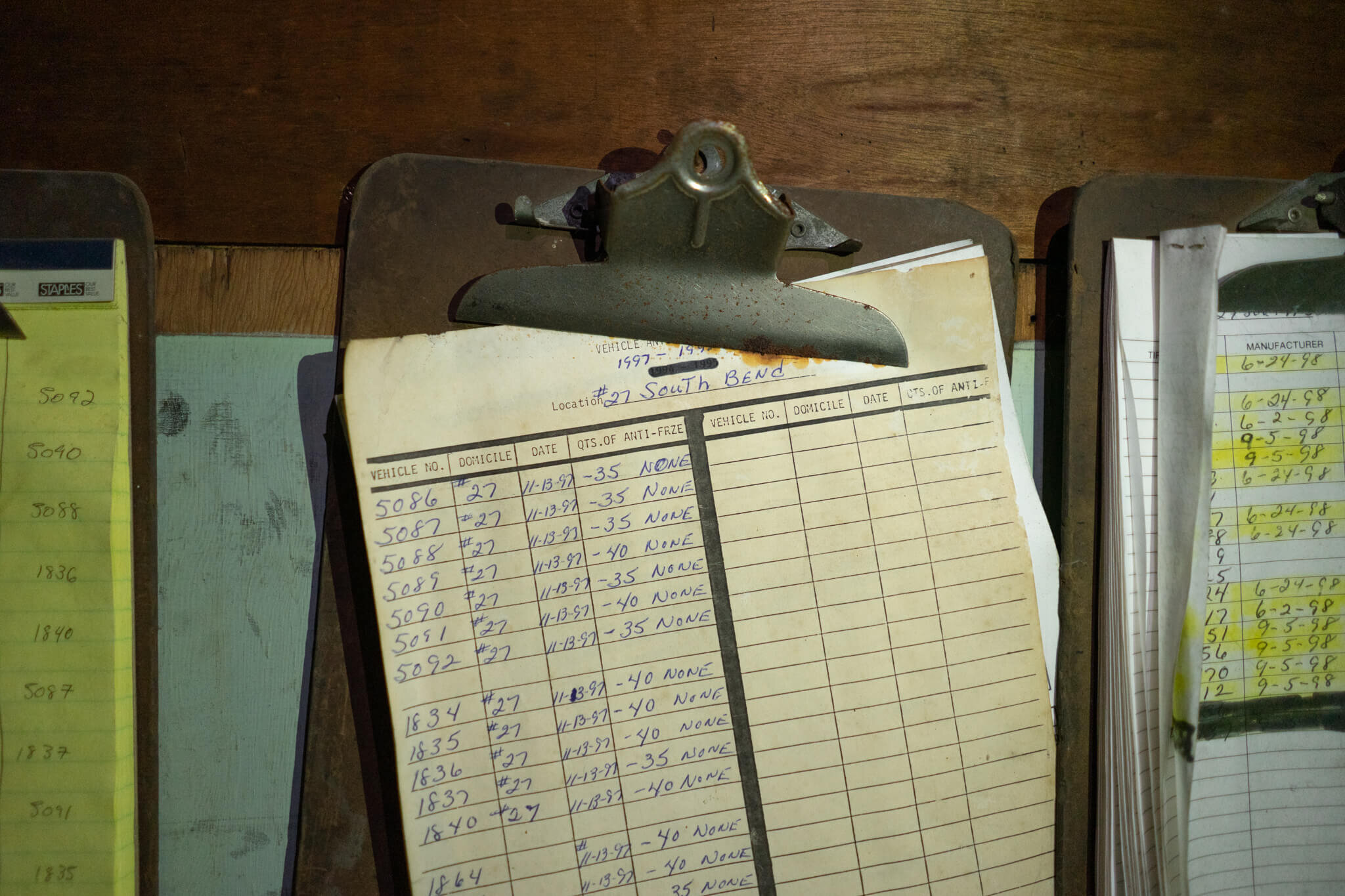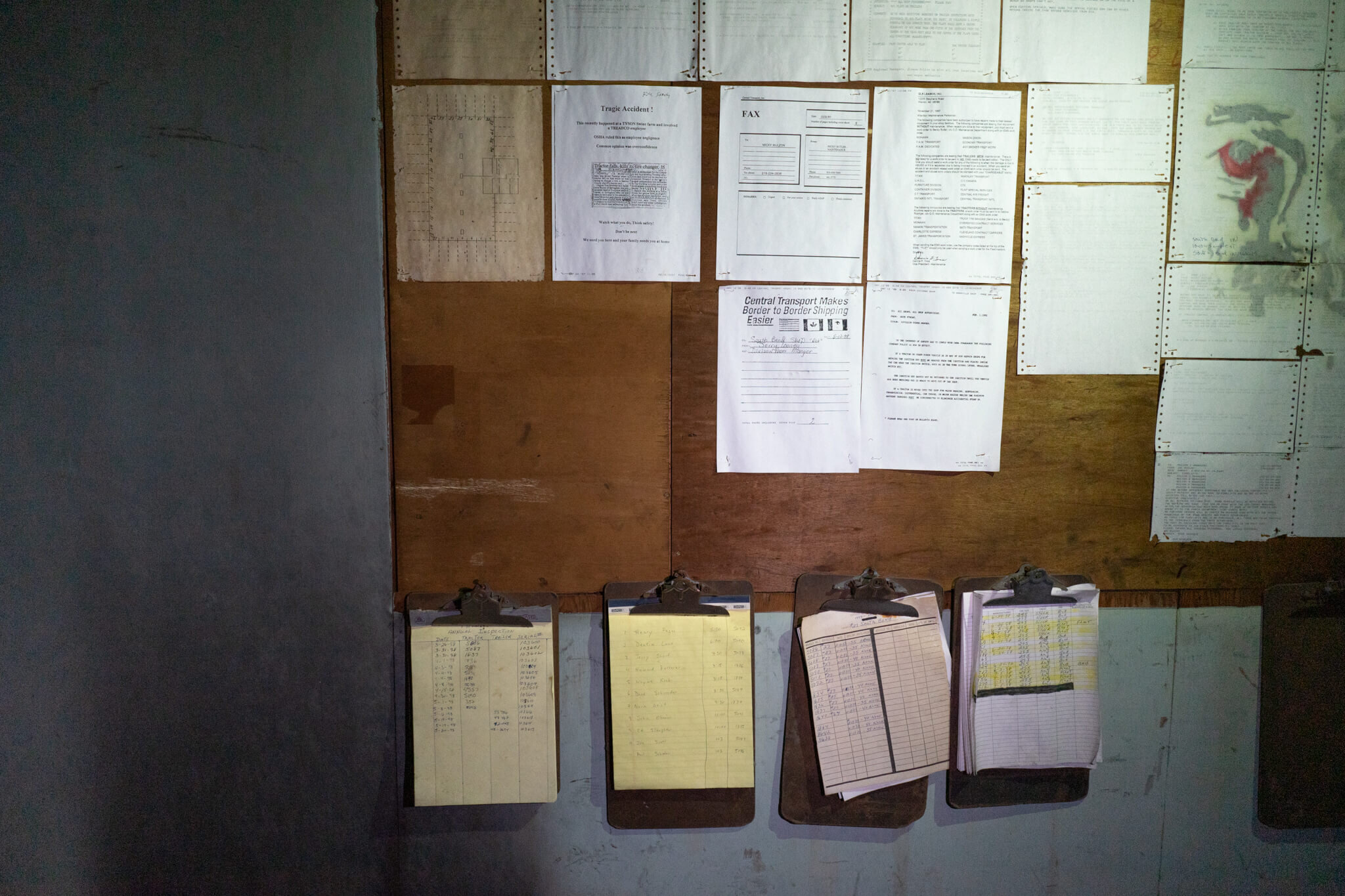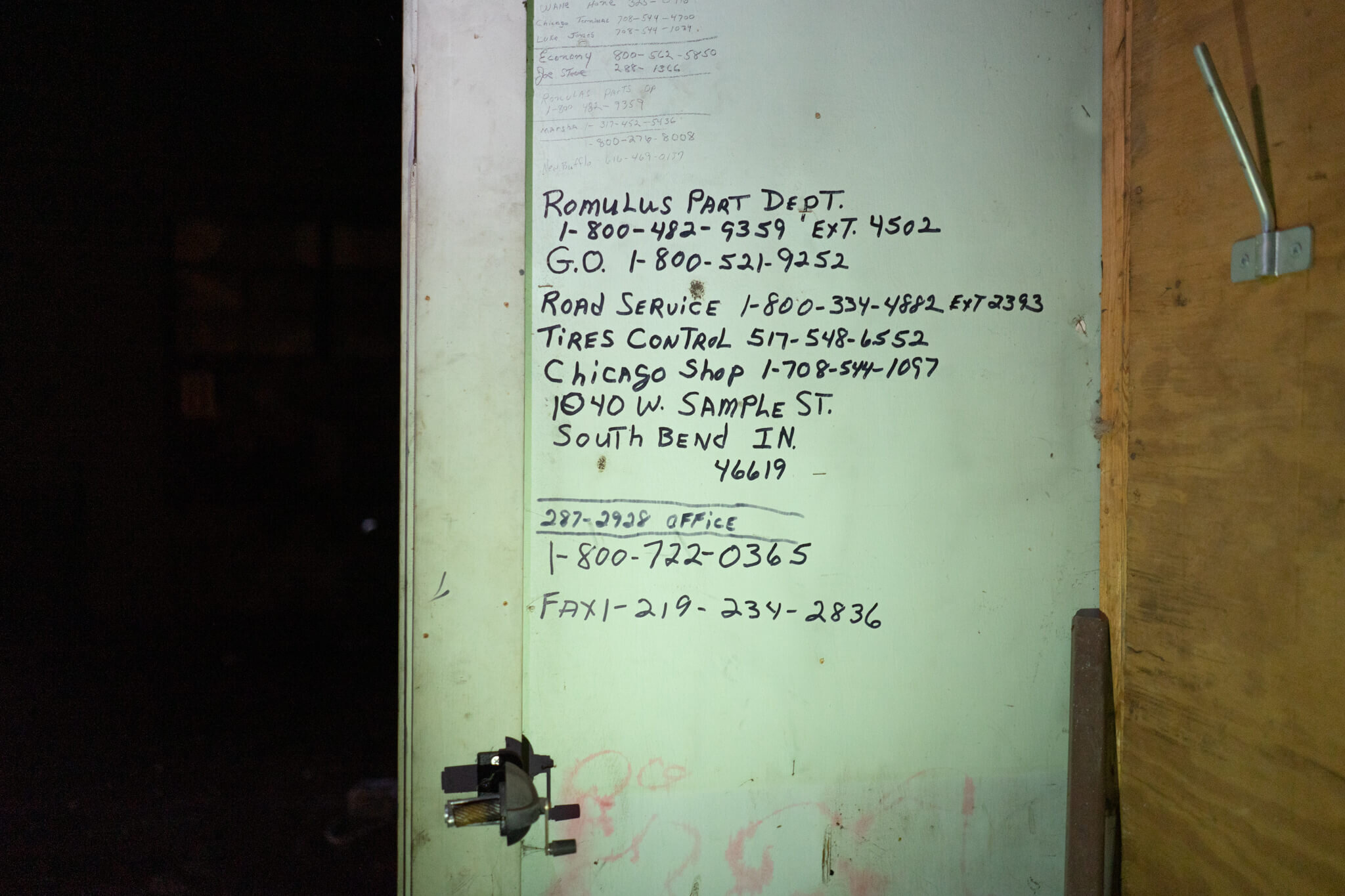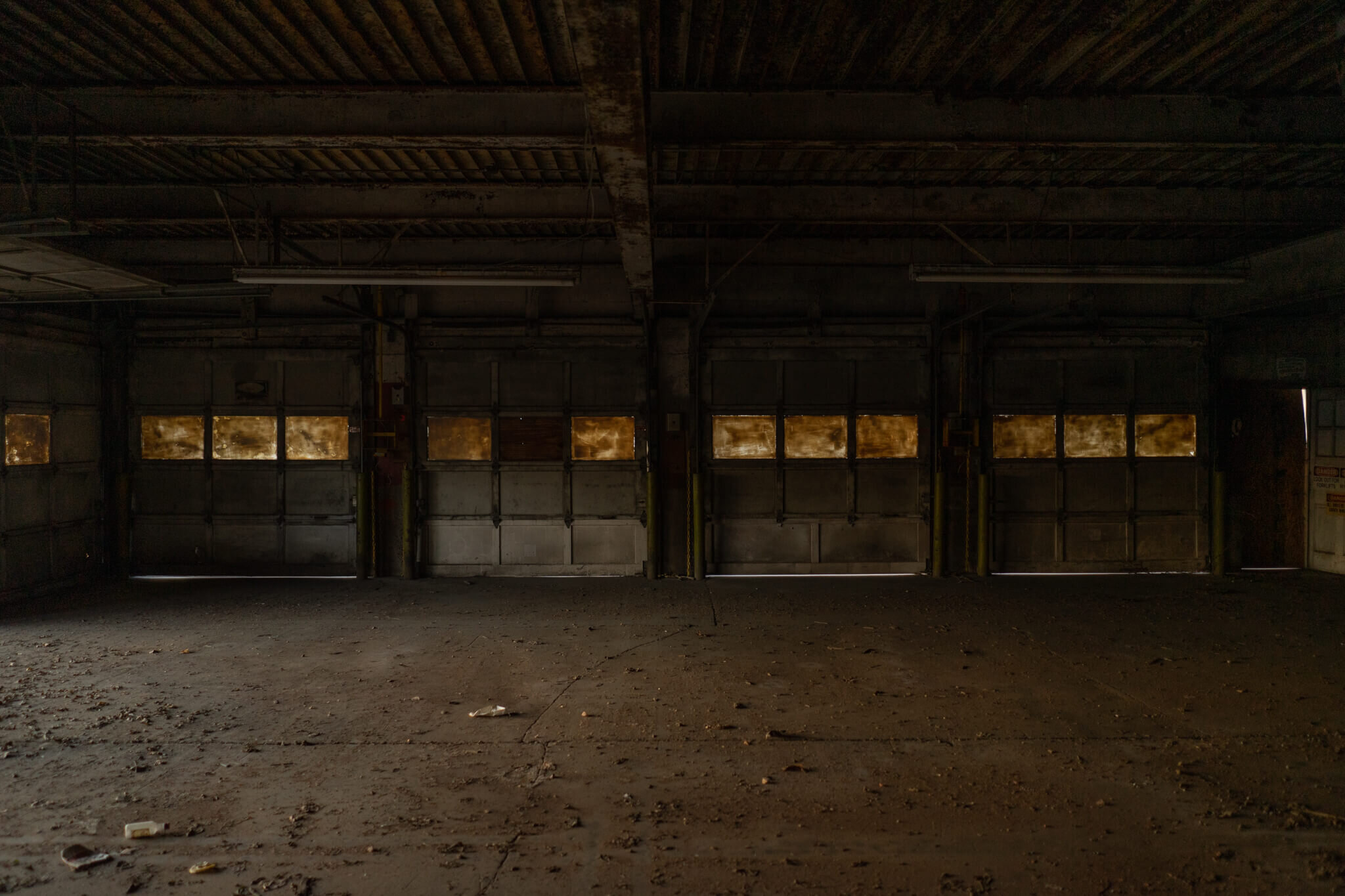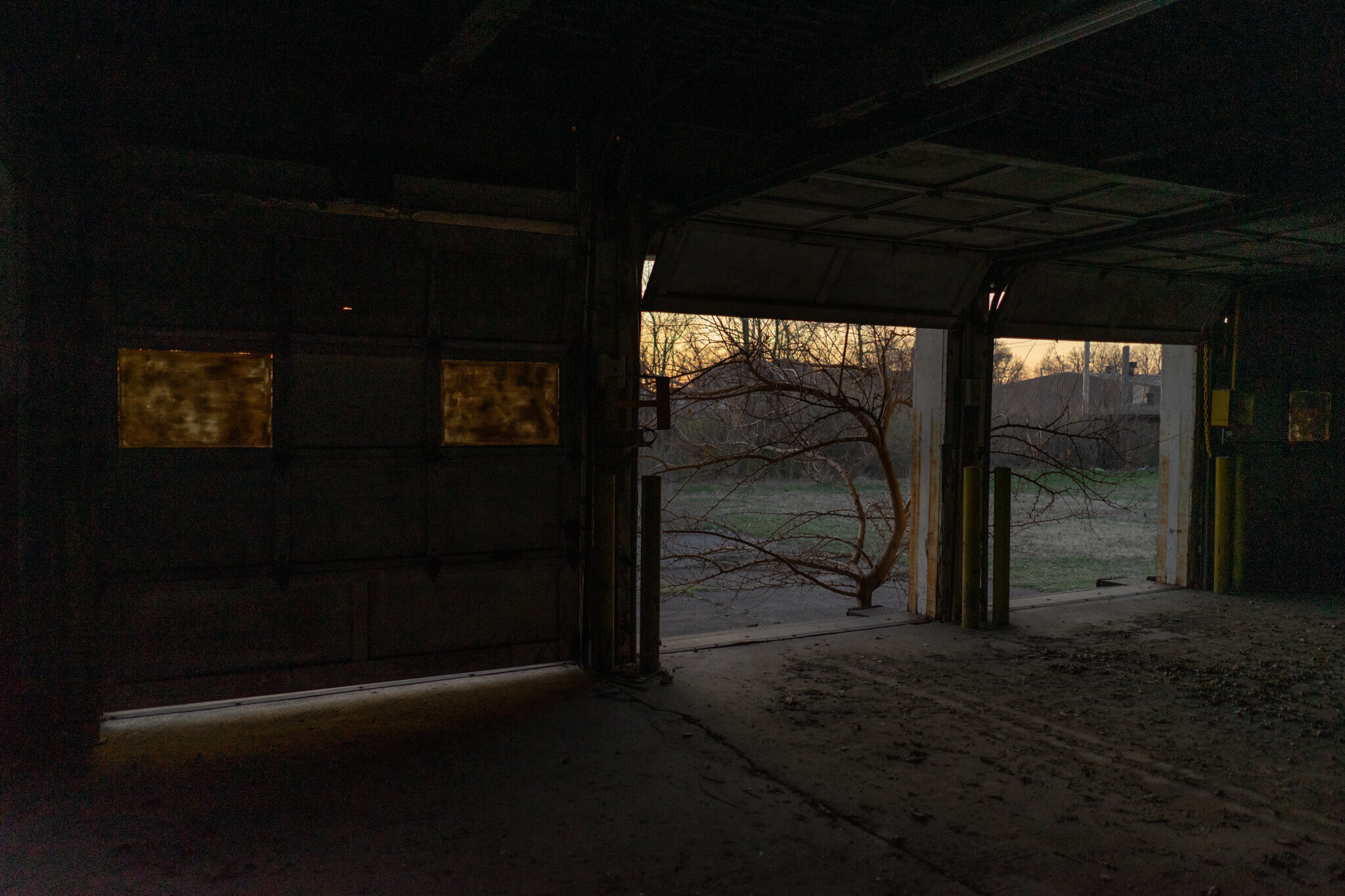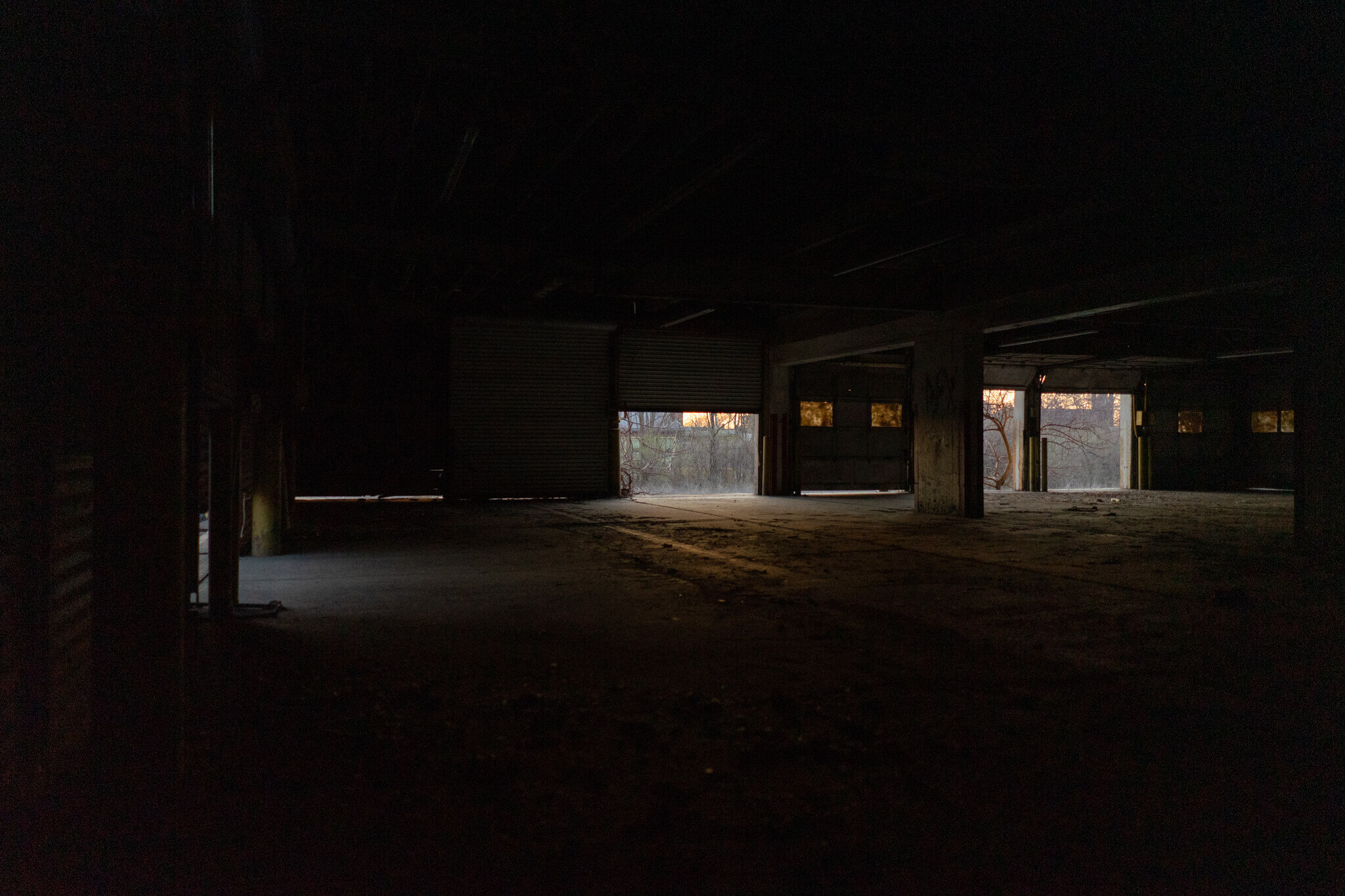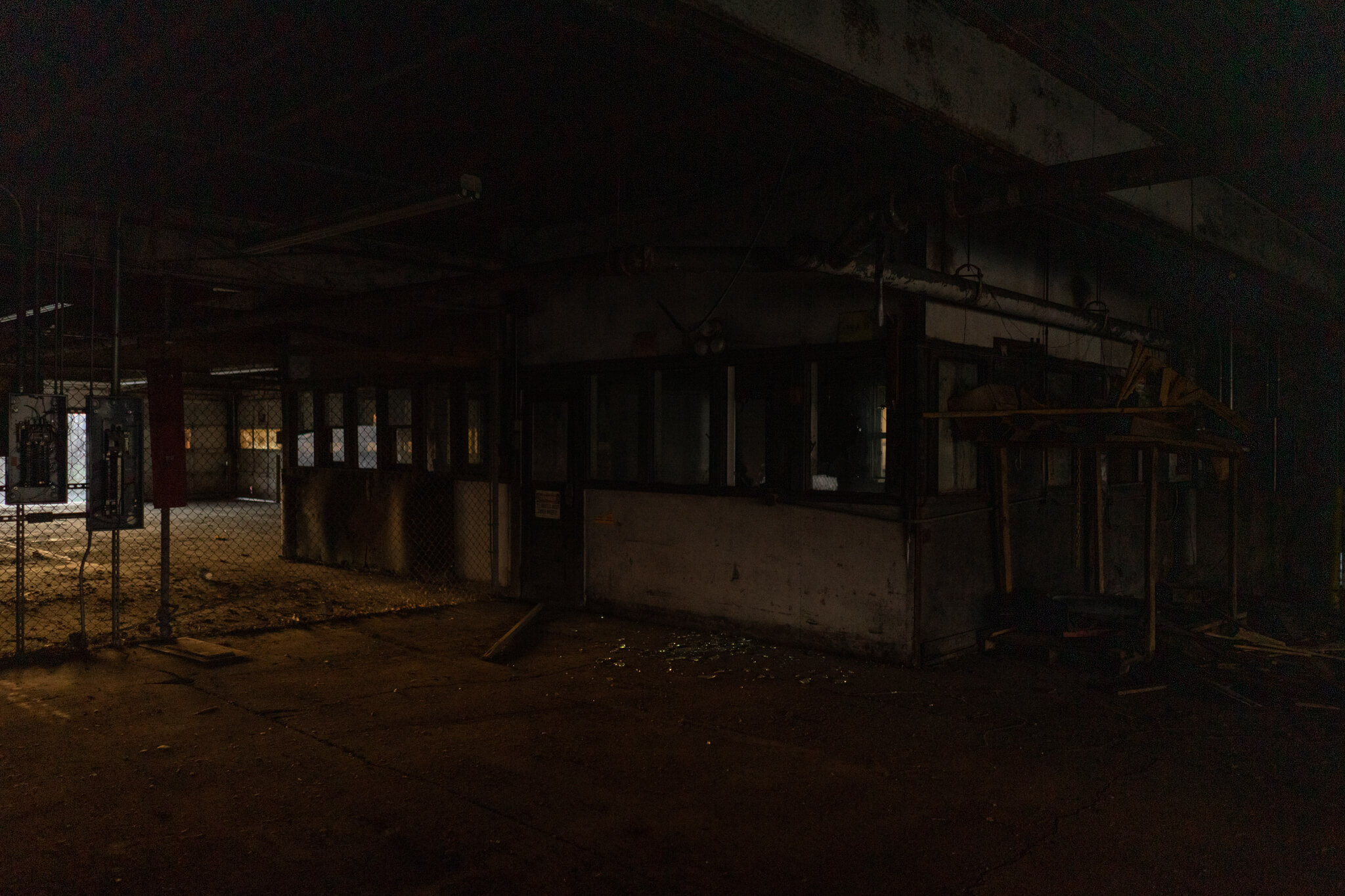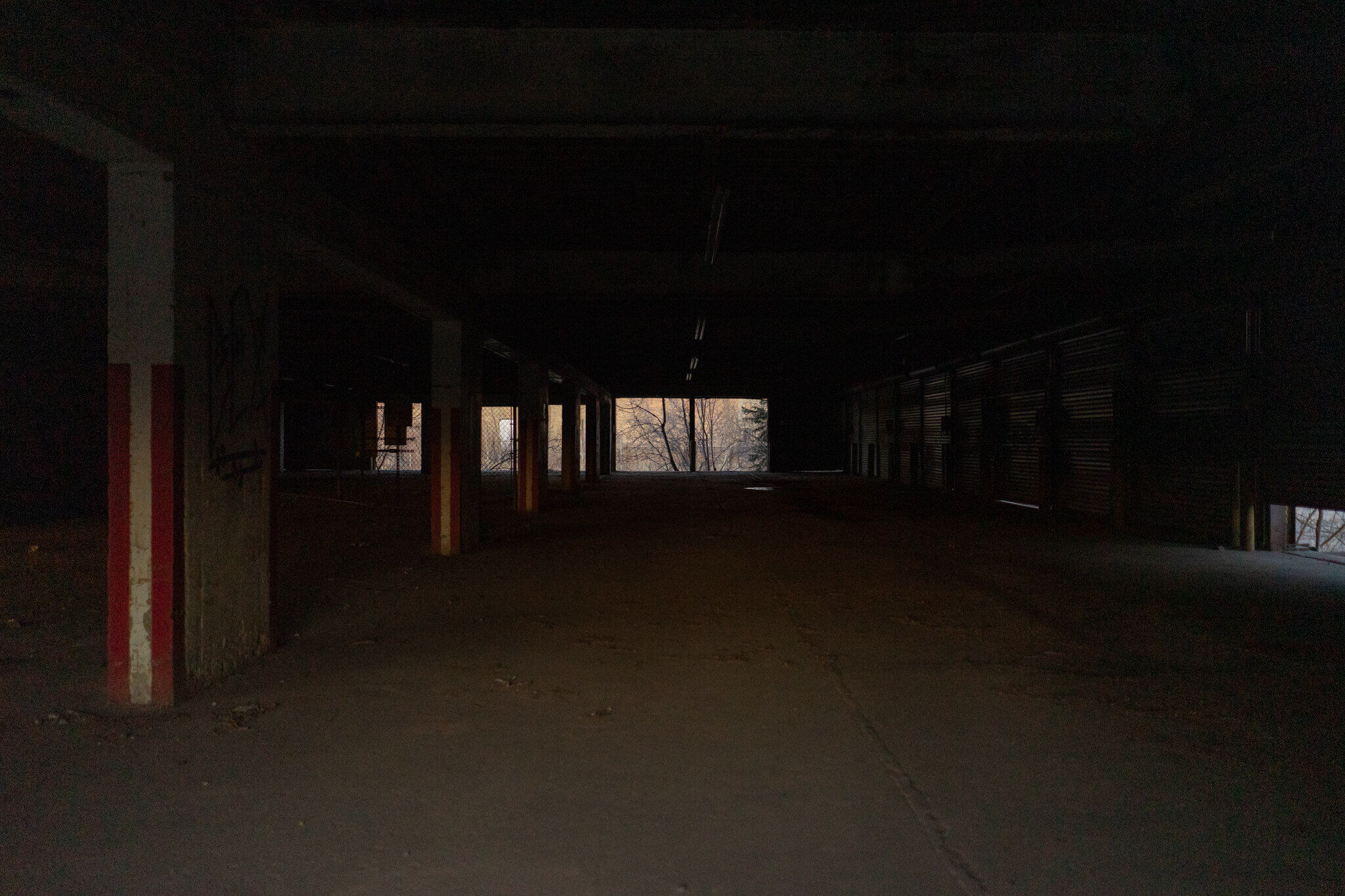The Empty Terminal
As walking is becoming a new part of my quarantine routine, I am becoming aware of a lot of small, nondescript buildings that, despite helping our city and economy run, are often omitted from the history books.
On one such walk a couple of weeks ago, I was standing in the tall grass that surrounds an old freight terminal on Sample Street, when a recent back-and-forth on Rob Bell's podcast came to mind.
Rob Bell: For many people, [the quarantine] is business as usual, work goes on like it always did sometimes its work from home. For other people, especially people in healthcare, and obviously, shout out and love to all of you in hospitals right now doing what you do. The level of intensity is through the roof.
Kristen Bell: Or all of the people who just make everything run. Like you were commenting that the trash still gets picked up every week.
RB: Trash guy came again.
KB: You kind of get new eyes for all of the people who make everything run.
RB: Yes, when everything shuts down you become aware of what doesn’t.
KB: Right, new levels of gratitude for the unseen systems and workers who make our life operate.
RB: Who run the world. Actually, run the world.
I resonate with Kristen’s remark about the quarantine giving her new eyes for all of the people who make everything run, and lately, my eyes are focused on buildings.
On July 25, 1945, the South Bend Tribune broke the news that a new trucking terminal was to be built on former Oliver Corporation land, citing it as the “first hint of an industrial building boom in South Bend.”
It was built and subsequently operated by Norwalk Freight Lines and, despite the Tribune’s high-flown announcement, was a fairly nondescript building. Over the second half of the century, it was used by several trucking companies and still stands today—empty.
So in the early evening of Sunday, April 5th, I spent a few hours making photographs of the terminal and office building. This is what I saw.
Sign up to receive West.SB posts in your inbox:




























